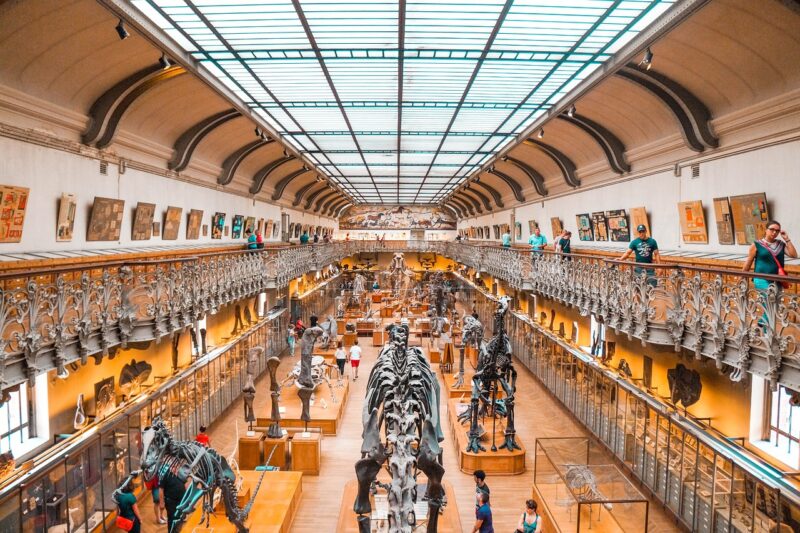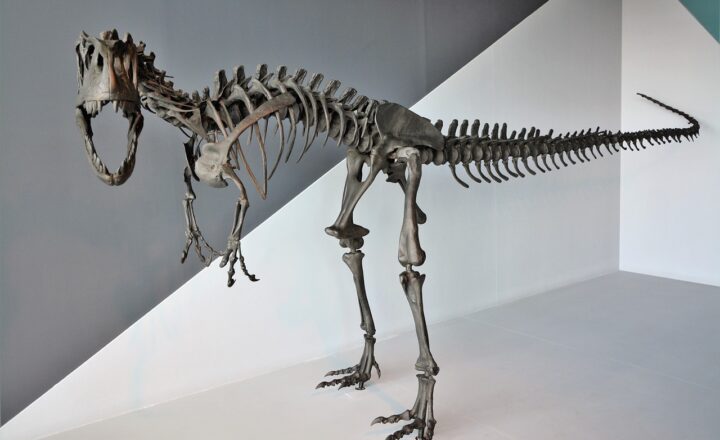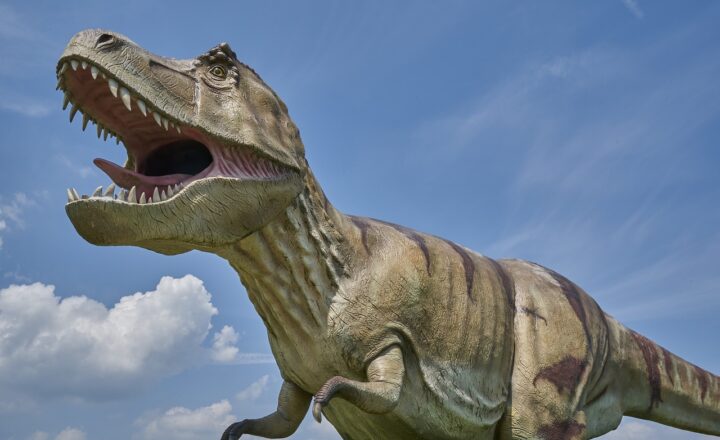
Dinosaurs have long fascinated humans, capturing our imagination with their colossal size and mysterious extinction. While they roamed the Earth over 65 million years ago, numerous advances in technology are shedding light on their lives, evolution, and eventual demise. In this article, we explore how innovations in various technological fields are helping paleontologists and researchers uncover the secrets of these ancient giants, from advanced imaging techniques to artificial intelligence.
1. The Importance of Technology in Paleontology
Paleontology, the study of ancient life through fossils, relies heavily on technology to gather insights about extinct species. Over the years, traditional methods have been transformed through the integration of cutting-edge technologies, allowing scientists to.
- Explore new fossil sites more efficiently
- Analyze fossils in unprecedented detail
- Model extinct ecosystems accurately
Technological advancements help in preserving fossils, understanding how dinosaurs interacted with their environment, and ultimately deciphering their evolutionary history.
2. 3D Imaging and Scanning Techniques
One of the most revolutionary technologies in paleontology is 3D imaging. Techniques such as X-ray computed tomography (CT) scanning allow scientists to create detailed virtual models of fossils without damaging the specimens.
This technology enables researchers to:
- Examine Internal Structures: CT scans provide valuable insights into the internal anatomy of dinosaurs, revealing bone structure and development patterns that were previously invisible.
- Reconstruct Fossils Digitally: Using 3D models, paleontologists can digitally reconstruct fossils that may be fragmented, facilitating further studies of their ecology and physiology.
- Virtual Museums: Museums are now utilizing 3D scans to create interactive exhibits, allowing visitors to explore dinosaur anatomy up close without direct contact with irreplaceable fossils.
Through these methods, we’ve gained fresh perspectives on how dinosaurs lived, moved, and even interacted with one another.
3. Geographic Information Systems (GIS) and Mapping Technologies
Geographic Information Systems (GIS) have become an essential tool for paleontologists. GIS allows researchers to analyze spatial and temporal data, interpreting the geographical distribution of fossils and their environments.
Some of the key applications include:
- Mapping Fossil Locations: GIS technology helps track where fossils have been found, allowing researchers to identify patterns in dinosaur distribution across ancient landscapes.
- Simulating Environments: By inputting data about climate and geography from the past, researchers can simulate the habitats of dinosaurs, offering insights into their adaptations and behaviors.
- Predicting Fossil Sites: GIS can be used to model potential fossil sites based on environmental conditions, increasing the efficiency of fieldwork and fossil excavation efforts.
By understanding the geographical context of fossils, we can piece together more accurate reconstructions of how dinosaurs lived and traveled.
4. DNA Analysis and Biomolecular Techniques
The analysis of ancient biomolecules, including potential fossilized DNA, has opened unprecedented doors into the study of dinosaurs. While DNA preservation is rare due to the age of dinosaur fossils, recent breakthroughs have raised hopes of obtaining genetic material from well-preserved specimens.
Key advancements include:
- Extracting Biomolecules: Scientists have employed refined techniques to extract biomolecules from fossilized remains. These molecules can provide clues about the dinosaurs’ relationships to modern species and adaptations to their environments.
- Molecular Phylogenetics: With advancements in sequencing technology, researchers can analyze the genetic information of both living and extinct species, reconstructing their evolutionary history and understanding the lineage of dinosaurs more clearly.
- Proteomics: Studying protein structures from ancient specimens can reveal information about physiology, behavior, and dietary preferences, giving insights into the lives of dinosaurs in ways that traditional fossil analysis cannot.
These molecular techniques are challenging but have the potential to revolutionize our understanding of how dinosaurs lived and thrived.
5. Artificial Intelligence and Machine Learning
Artificial Intelligence (AI) and machine learning are becoming increasingly vital in synthesizing and analyzing vast amounts of paleontological data. These technologies help researchers make sense of complex patterns and uncover hidden insights.
How AI is transforming paleontology:
- Data Analysis: AI algorithms can analyze large datasets of geological and fossil records, identifying trends or relationships that might be overlooked using traditional methods.
- Image Recognition: AI-powered image recognition can assist in identifying different types of fossils quickly and accurately, accelerating the pace of research by streamlining fossil classification efforts.
- Predictive Modeling: Researchers can use machine learning models to predict the locations of yet-to-be-discovered fossils or to simulate the potential impacts of climate change on dinosaur ecosystems.
This integration of AI in paleontology enables more precise predictions and enhances our understanding of how dinosaurs lived in their ever-changing habitats.
Conclusion
The secrets of dinosaurs, once locked away in fossil records and ancient geological formations, are now gradually being revealed through innovative technologies. From 3D imaging and GIS mapping to the analysis of ancient biomolecules and the application of AI, these advancements are shaping a new era of paleontological research. As technology continues to evolve, so too will our understanding of these magnificent creatures that once ruled our planet. The future of paleontology is promising, and as the mysteries of dinosaurs unravel, we stand to learn so much more about the history and evolution of life on Earth.







